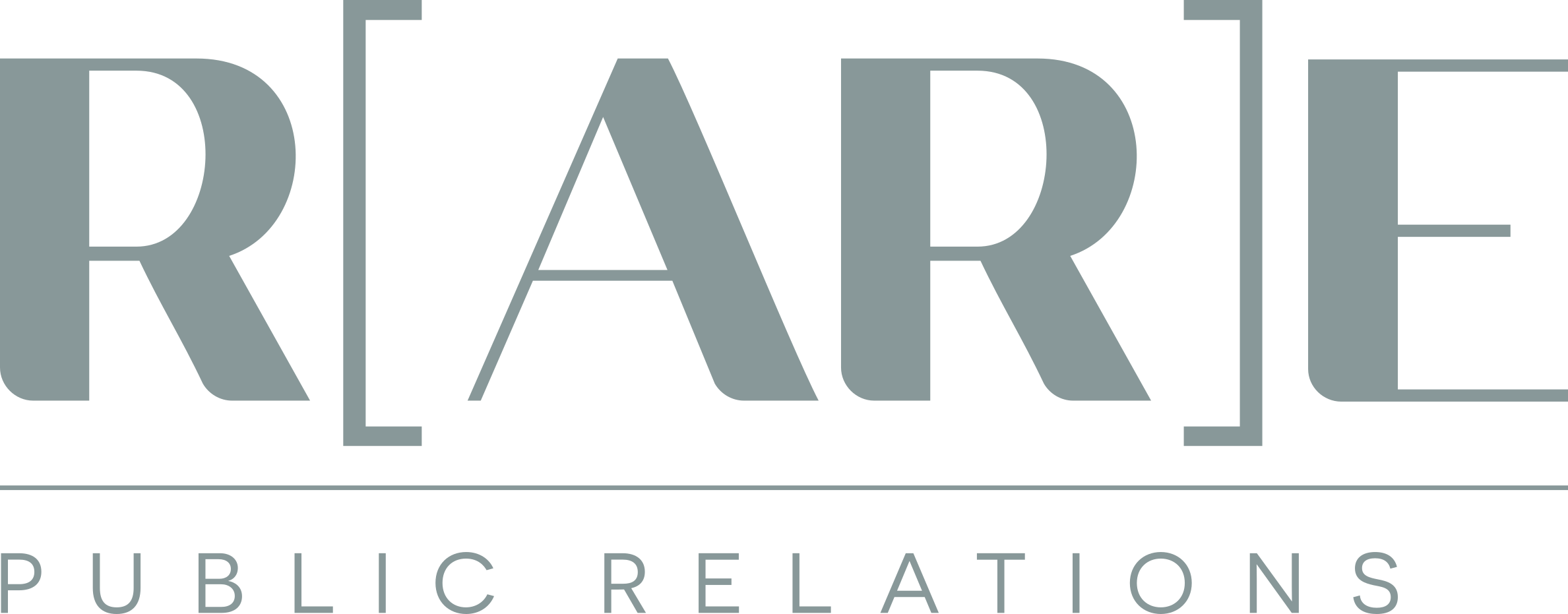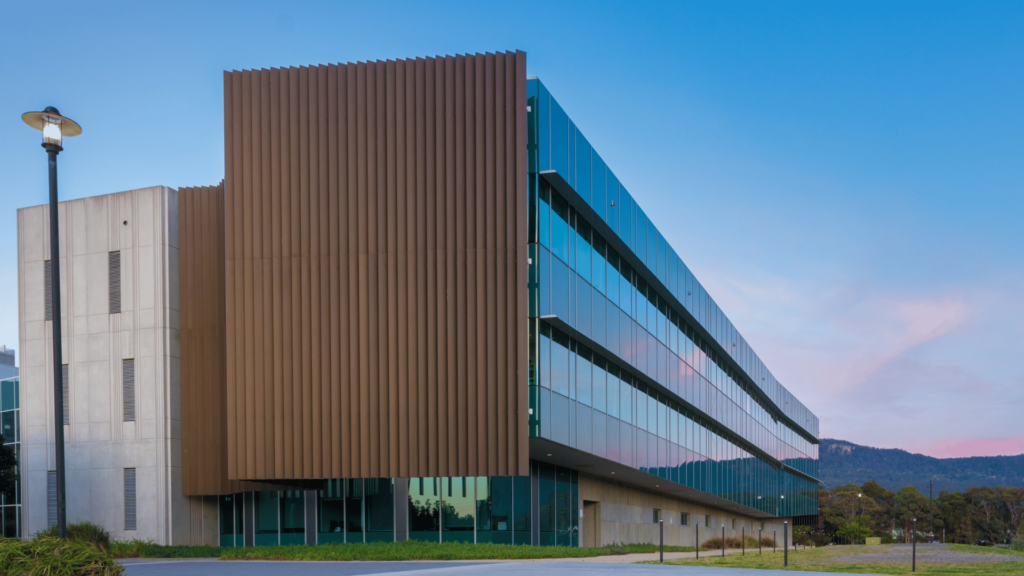The commercial real estate market is inherently dynamic, influenced by various factors including economic fluctuations, changes in interest rates, shifts in market demand, and unexpected global events. In such a volatile environment, commercial property owners and developers must be agile, adapting their strategies to remain competitive and attractive to potential tenants and investors.
Public Relations (PR) plays a crucial role in this adaptation process, providing the tools and strategies needed to navigate market shifts effectively. In this article, we will explore how PR can help commercial properties thrive, even in a changing economy.
Understanding Market Shifts and Their Impact
Before delving into PR strategies, it’s important to understand the nature of market shifts and how they impact commercial real estate. Economic downturns, for example, can lead to reduced demand for office spaces as companies downsize or adopt remote working models. Rising interest rates can increase the cost of borrowing, making it more difficult for businesses to invest in new properties. Conversely, economic booms can lead to increased competition for prime commercial spaces, driving up rental prices and property values.
Global events, such as the COVID-19 pandemic, have also shown how quickly market dynamics can change. The pandemic led to a significant shift in demand for different types of commercial real estate, with retail spaces suffering while industrial and warehouse properties saw increased demand due to the rise in e-commerce.
Given these challenges, it is essential for commercial property owners to not only react to market changes but to anticipate and prepare for them. This is where strategic PR comes into play.
Proactive Communication: The Foundation of Resilience
One of the most important roles of PR during market shifts is to maintain proactive communication with all stakeholders, including tenants, investors, and the media. In times of economic uncertainty, clear and consistent communication can help alleviate concerns and build trust.
For instance, if a property is undergoing renovations or rebranding to adapt to changing market needs, a well-crafted PR campaign can help manage expectations and keep stakeholders informed about progress. This could involve press releases, email newsletters, and regular updates on social media to ensure that the property remains top-of-mind.
Additionally, during periods of market instability, tenants and investors are likely to be more cautious. PR can help reassure them by highlighting the steps being taken to mitigate risks, such as implementing flexible leasing options or showcasing the property’s financial stability. Transparency in communication fosters confidence and can prevent the loss of key tenants or investors during challenging times.
Positioning Properties for New Market Realities
As market conditions evolve, so too must the positioning of commercial properties. PR plays a vital role in repositioning properties to align with new market realities. For example, if there is a shift towards remote work and a decreased demand for traditional office spaces, PR efforts might focus on promoting flexible office solutions or converting office spaces into mixed-use developments.
In such cases, the narrative should emphasize the property’s adaptability and ability to meet the current needs of businesses. This could involve highlighting features such as adaptable floor plans, state-of-the-art technology infrastructure, or enhanced health and safety measures. By positioning the property as a forward-thinking solution that caters to the latest trends, PR can help attract new investors who are looking for spaces that align with the future of work.
Leveraging Thought Leadership in Times of Change
Thought leadership is another powerful tool in the PR arsenal, particularly during times of market uncertainty. By positioning the property owners, developers, or management team as experts in the commercial real estate industry, PR can help build credibility and influence.
This could involve publishing articles, white papers, or blogs that offer insights into the current market trends and how the property is adapting to them. Additionally, securing speaking opportunities at industry conferences or webinars allows the property’s leadership team to share their expertise and vision, further solidifying their position as thought leaders.
For example, during a period of economic downturn, a commercial real estate firm could publish a series of articles on strategies for maintaining occupancy rates or maximizing property value in challenging times. This not only demonstrates the firm’s expertise but also provides valuable information to potential tenants and investors who are navigating similar challenges.
Adapting Marketing Strategies to Changing Consumer Behavior
Market shifts often lead to changes in consumer behavior, and PR must adapt its marketing strategies accordingly. For instance, the rise of digital marketing has become increasingly important in the commercial real estate sector, especially as investors turn to online platforms for information.
PR can help commercial properties adapt to this trend by enhancing their digital presence. This might include optimizing the property’s website for search engines, creating engaging content for social media, and leveraging online advertising to reach a broader audience. Additionally, virtual tours and digital brochures have become essential tools in the marketing toolkit, allowing prospective tenants and investors to explore properties remotely.
By embracing digital marketing strategies, PR can help commercial properties stay relevant in a rapidly changing marketplace, ensuring that they continue to attract attention even when in-person visits may be limited or less frequent.
Crisis Management: Turning Challenges into Opportunities
In some cases, market shifts can lead to crises, such as a sudden drop in occupancy rates or negative media coverage due to unforeseen events. Effective PR is critical in these situations, as it can help manage the narrative and turn challenges into opportunities.
Crisis management involves a combination of swift action, transparent communication, and a clear plan for recovery. For example, if a commercial property faces a significant loss of tenants due to economic downturn, PR efforts might focus on a rebranding campaign that targets new industries or sectors that are thriving despite the broader market challenges.
Additionally, PR can help manage the property’s reputation by addressing any negative coverage head-on, providing the media with accurate information, and showcasing the positive steps being taken to address the situation. By controlling the narrative, PR can help mitigate the impact of a crisis and pave the way for a successful recovery.
Conclusion: The Strategic Role of PR in Commercial Real Estate
In a changing economy, the ability to adapt is crucial for success in the commercial real estate market. PR plays a strategic role in this process, helping to position properties effectively, maintain strong relationships with stakeholders, and navigate the challenges that arise from market shifts.
By leveraging proactive communication, thought leadership, and adaptive marketing strategies, commercial properties can not only survive but thrive in even the most uncertain economic climates. The key is to remain flexible, anticipate market changes, and use PR as a powerful tool to drive success.
Ready to elevate your commercial property’s success in a shifting market? Contact R[AR]E Public Relations today to craft a strategic PR plan that positions your property for maximum impact.



